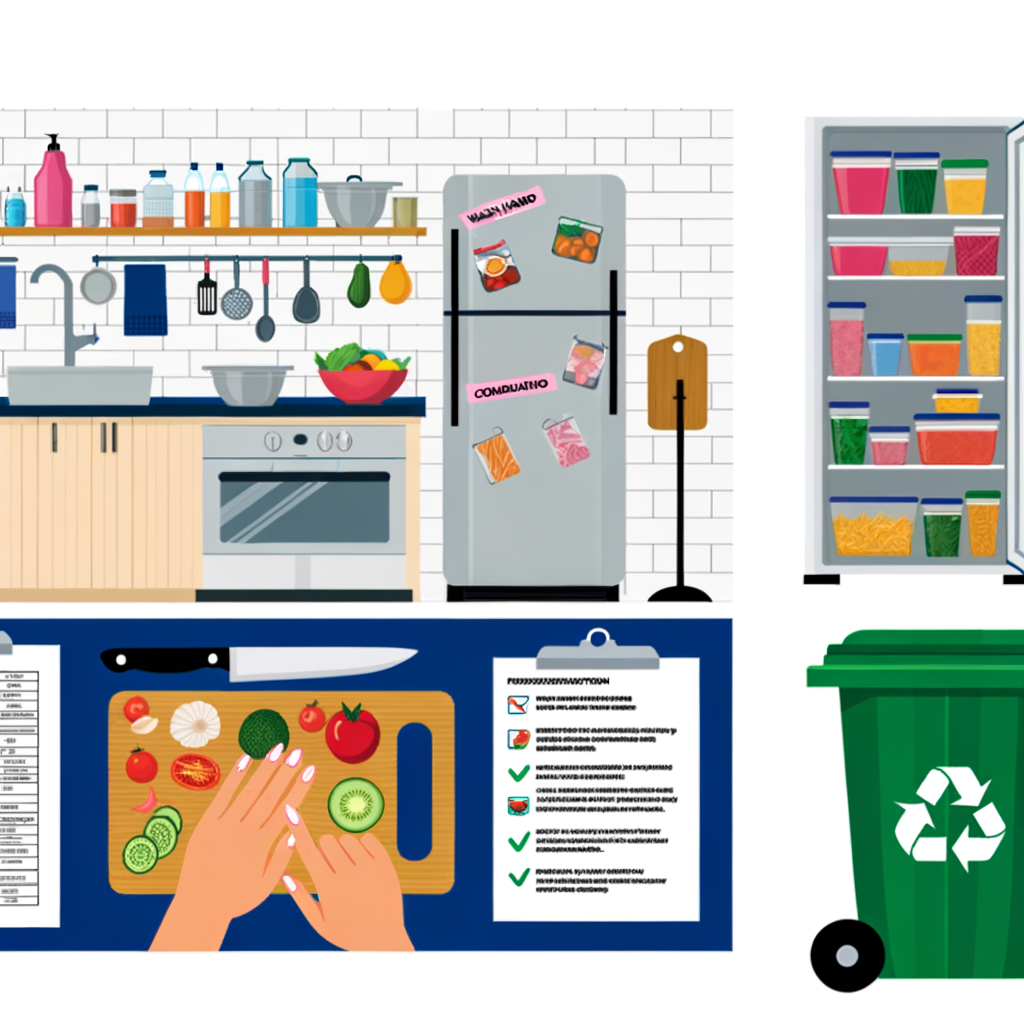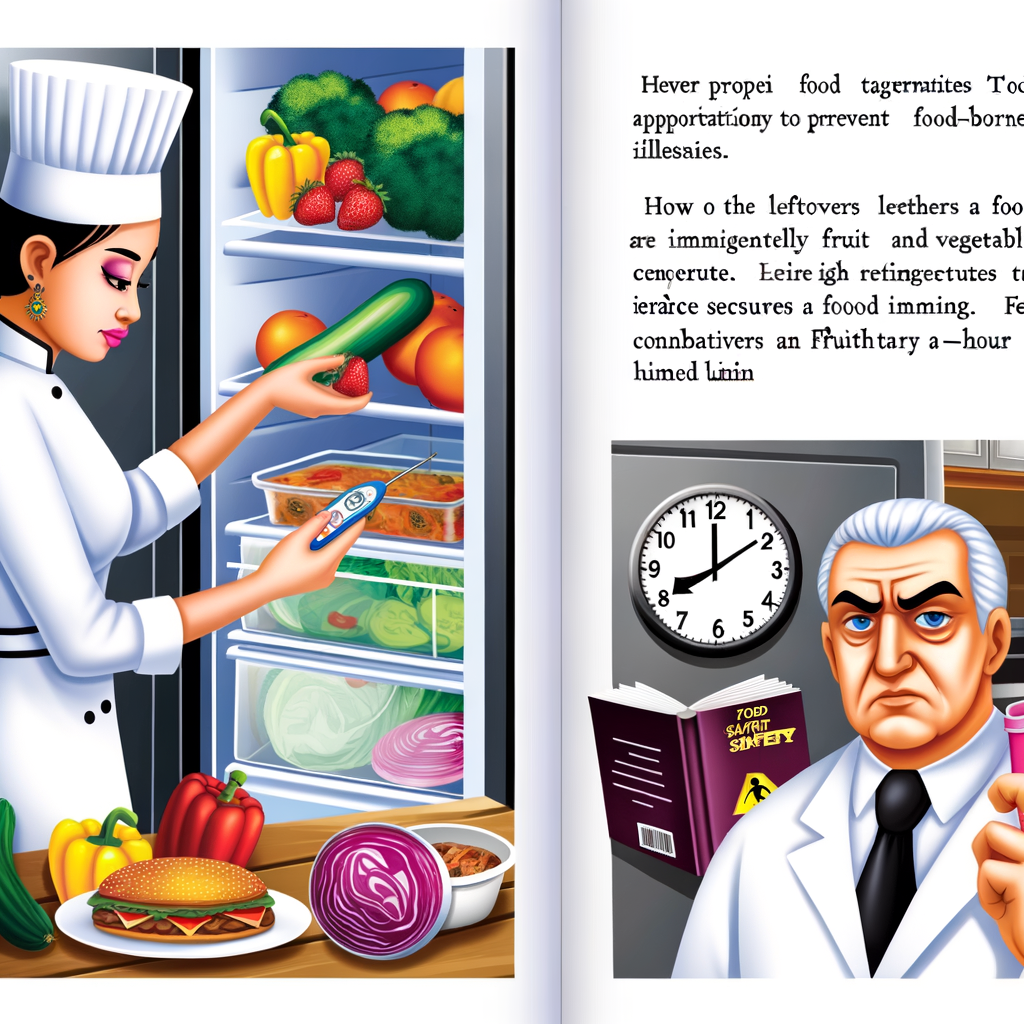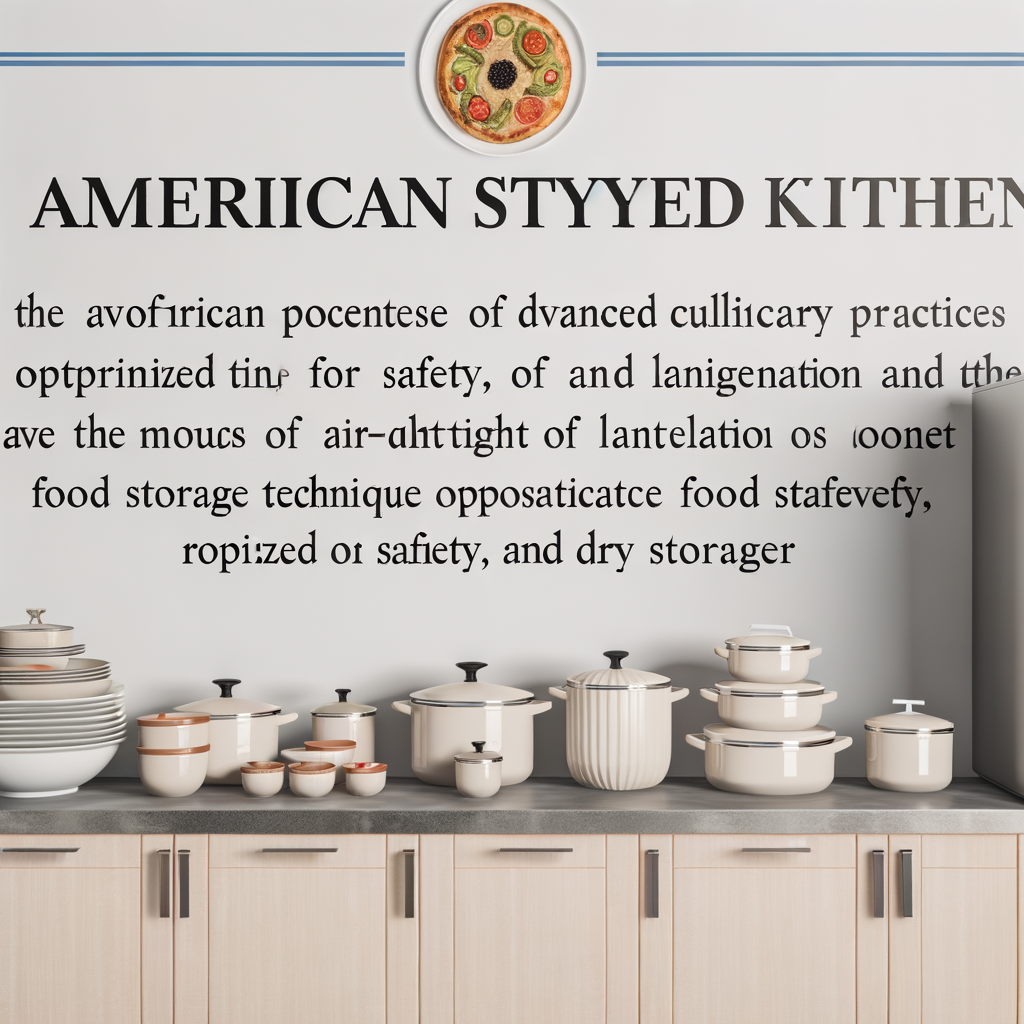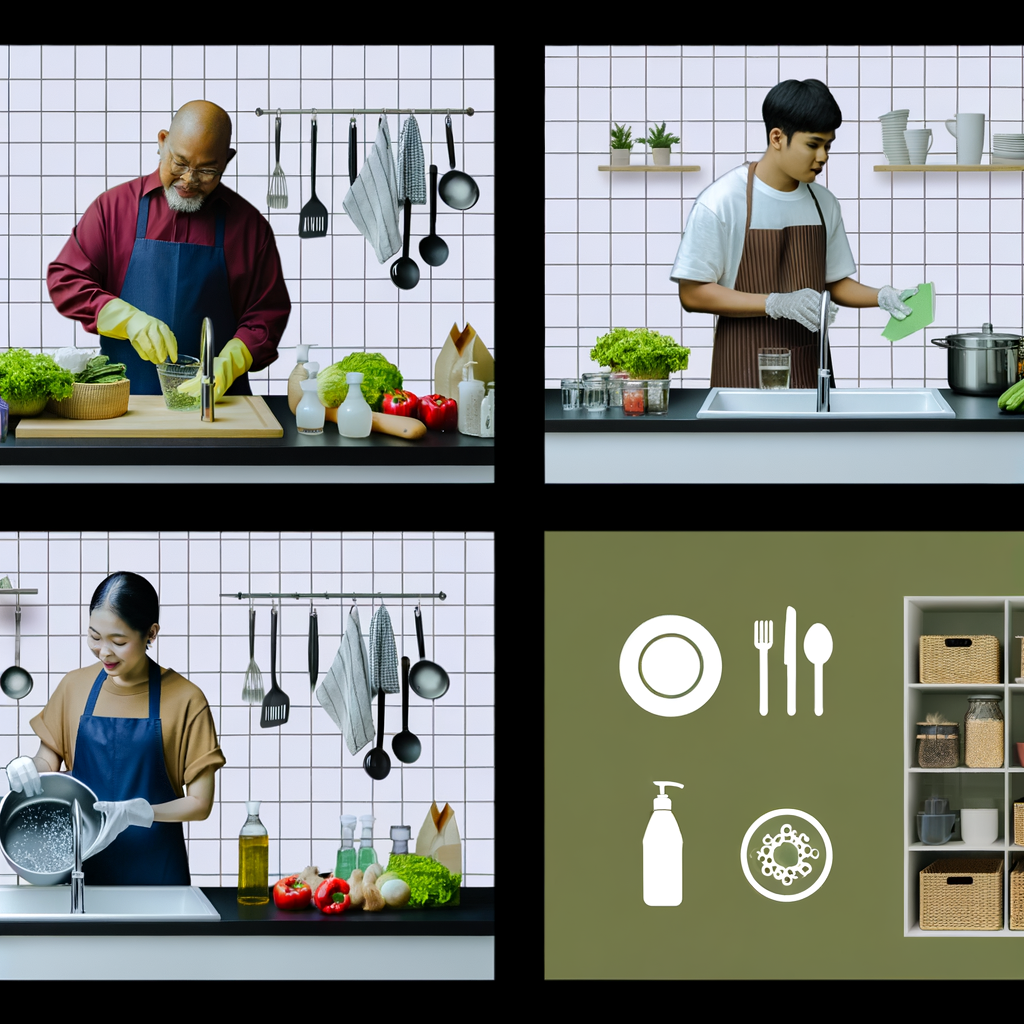Food safety is a crucial aspect of cooking that often goes overlooked. As an expert chef, I have seen firsthand the devastating consequences of improper food storage. Not only can it lead to foodborne illnesses, but it can also result in wasted food and money. That’s why it’s essential to understand the proper storage techniques for different types of food.
First and foremost, it’s crucial to keep raw meats and seafood separate from other foods. This prevents cross-contamination and the spread of harmful bacteria. Raw meats should be stored on the bottom shelf of the refrigerator to prevent any juices from dripping onto other foods. Additionally, it’s essential to store cooked and raw foods separately to avoid any potential contamination.
Another crucial aspect of food safety is maintaining proper temperature control. Perishable foods, such as meats and dairy products, should be stored in the refrigerator at or below 40 degrees Fahrenheit. Freezing foods at 0 degrees Fahrenheit or below can also help prevent the growth of harmful bacteria.
Proper storage of leftovers is equally essential. Leftovers should be cooled down to room temperature before being stored in the refrigerator or freezer. This helps prevent bacteria from multiplying and causing foodborne illnesses. Leftovers should also be labeled with the date they were prepared and consumed within a few days to ensure freshness and safety.
In conclusion, as an expert chef, I cannot stress enough the importance of proper food storage. It not only ensures the safety and well-being of yourself and your loved ones but also helps prevent food waste. By following these simple storage techniques, you can enjoy delicious and safe meals every time.





